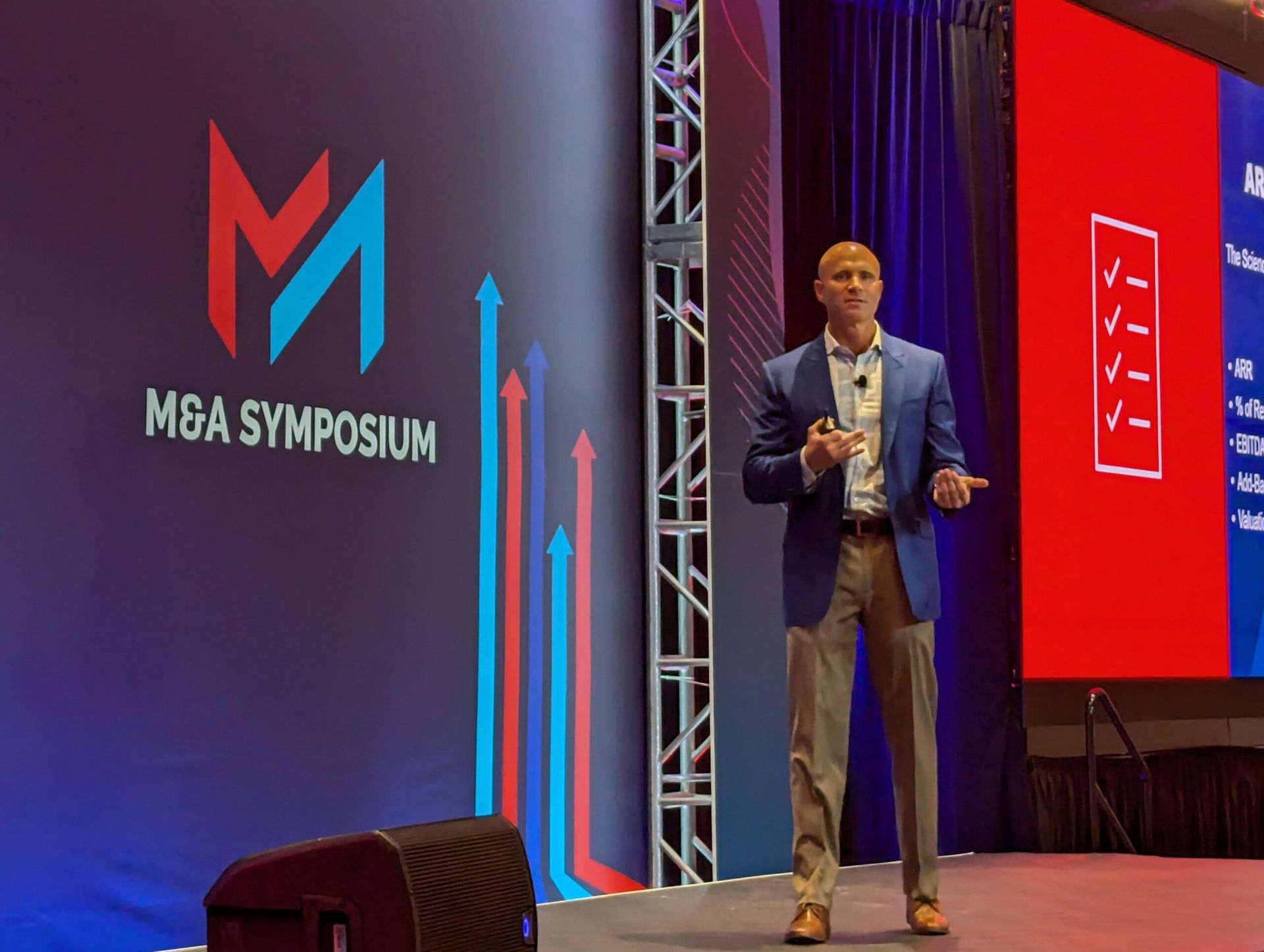Looking for a quality MSP to buy? Get in line. After a few years of frenzied M&As in the managed services market, deals slowed in 2023 and 2024. Sure, high interest rates, high inflation and other macroeconomic trends contributed to that slowdown. But if you ask anyone who watches the market closely, they’ll tell you the biggest problem is pipeline. There aren’t enough quality MSPs of a certain size.
At Kaseya DattoCon’s M&A Summit ahead of the actual DattoCon event, an audience poll by show of hands revealed that most of the audience of MSPs were looking to buy other MSPs. Only a few were looking to sell.
So what makes an MSP a quality target for buyers? [Check out Cogent Growth Partners’ perspective on what makes a quality MSP here.]
At Kaseya DattoCon’s M&A event, Evergreen Services VP Sydney Hockett provided some insights into what her company – a buy-and-hold-focused PE firm focused on MSPs – looks for in target acquisitions. Evergreen has acquired about 80 MSPs.
What Evergreen Looks for in Target MSPs
Here’s what the company looks for in a target MSP.
SaaS Alerts CEO Jim Lippie, who serves as an advisor on a PE advisory board and who sold his successful MSP Thrive to Staples, provided some insights into what causes acquisitions to fail.
Why Acquisitions Fail
First, acquisitions fail when there’s a lack of alignment between the buyer and the seller. Here are some examples of that:
The second reason acquisitions fail is due to cultural differences
The third reason acquisitions fail is because the business is not stable enough for an acquisition. Here’s where you need to be before you consider being part of an M&A.
(One of the) Most Important Qualities of the Best MSPs
ChannelE2E is hearing one thing repeatedly when it comes to identifying quality MSPs as acquisition targets: All these companies have strong organic growth. They are retaining customers at a high rate and they are adding new logos.




